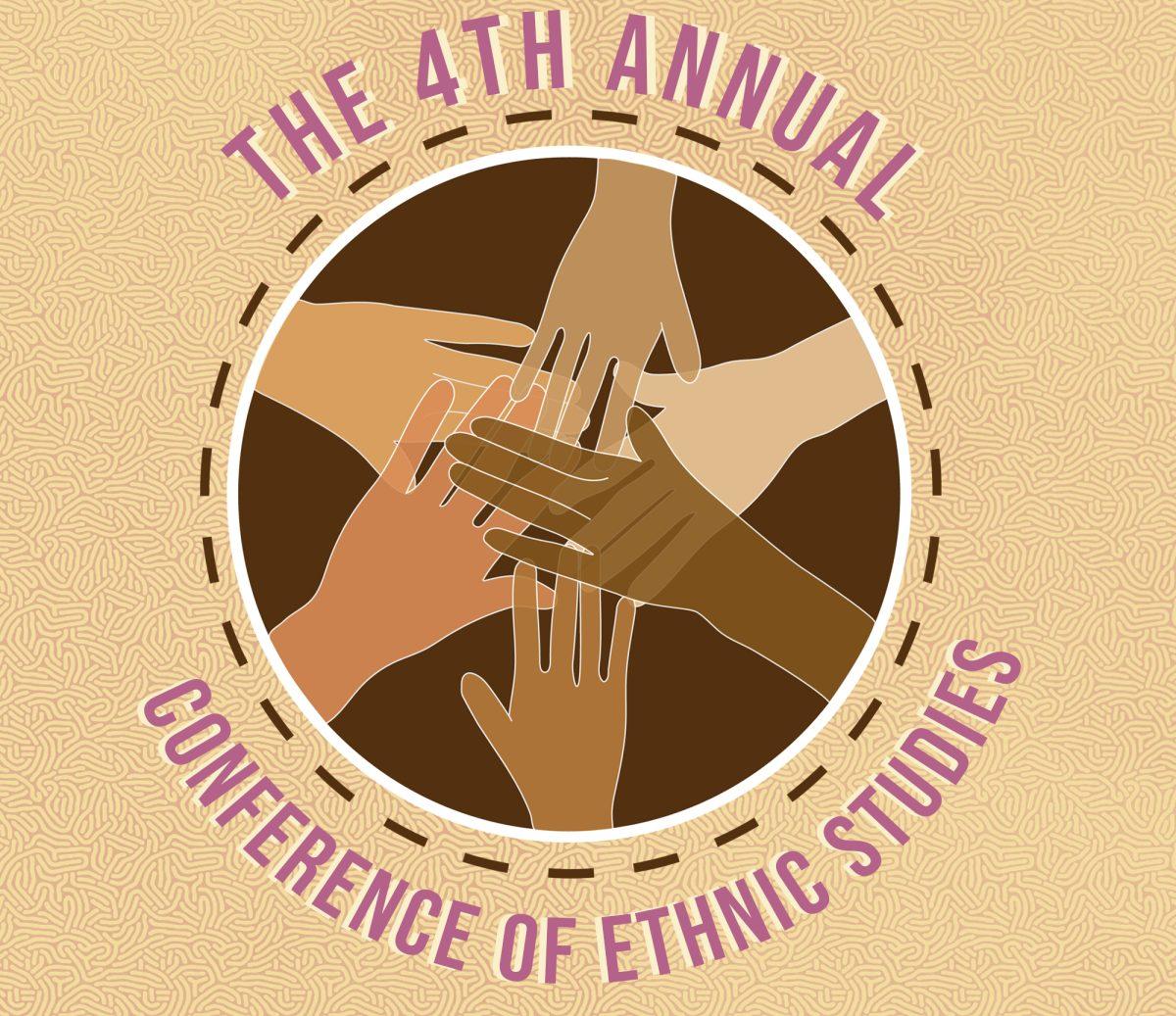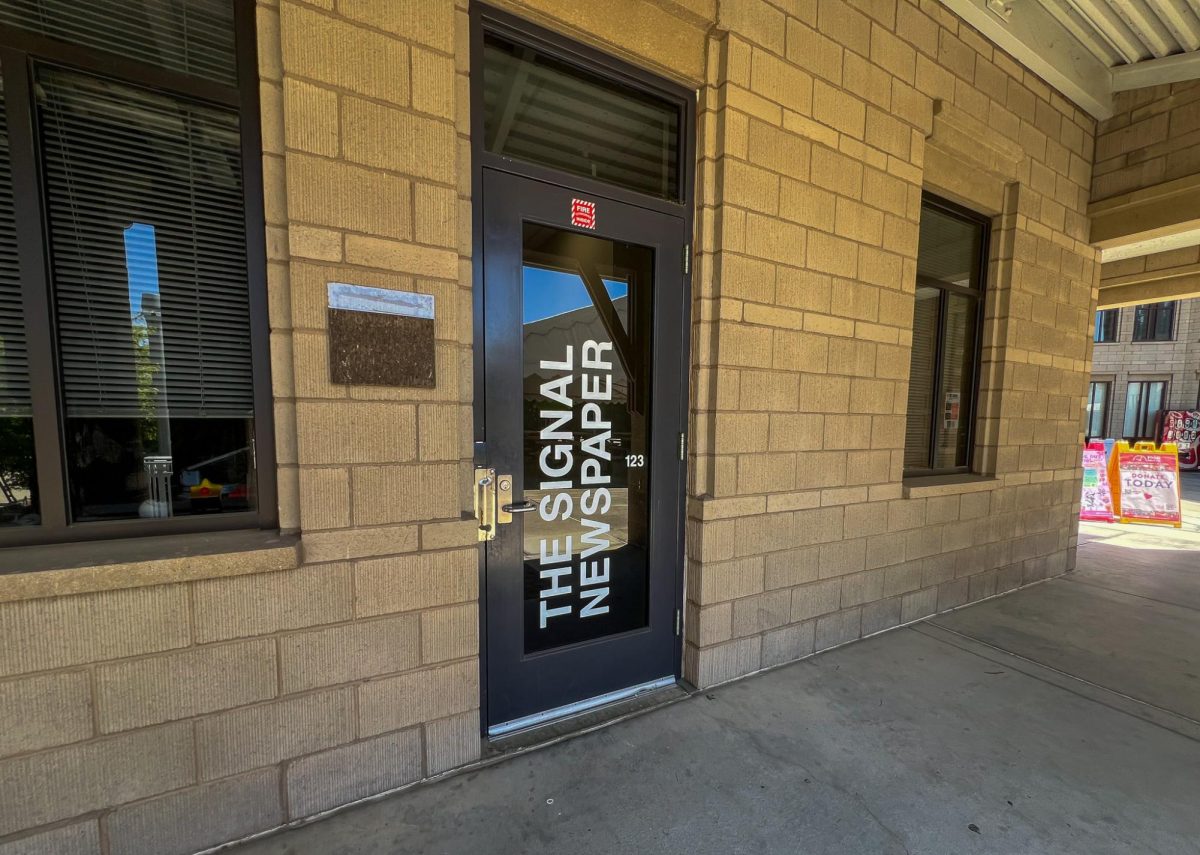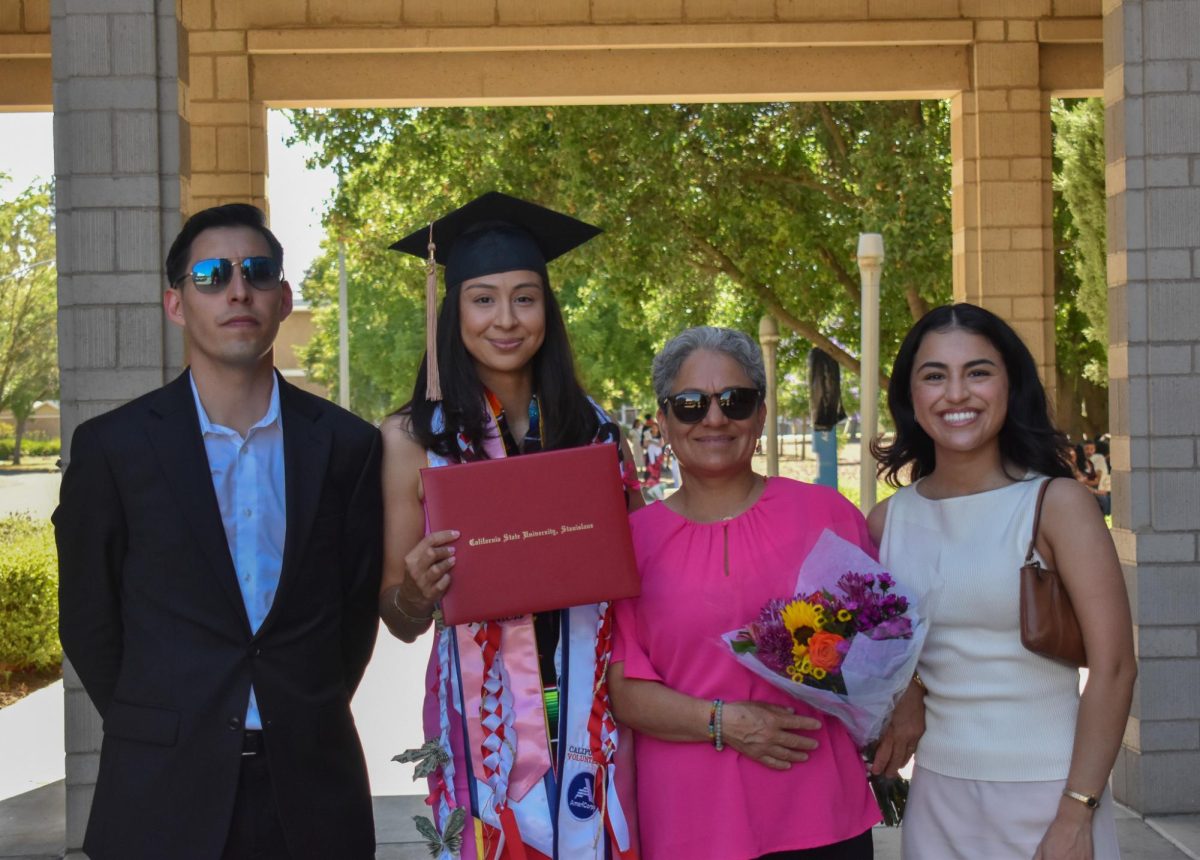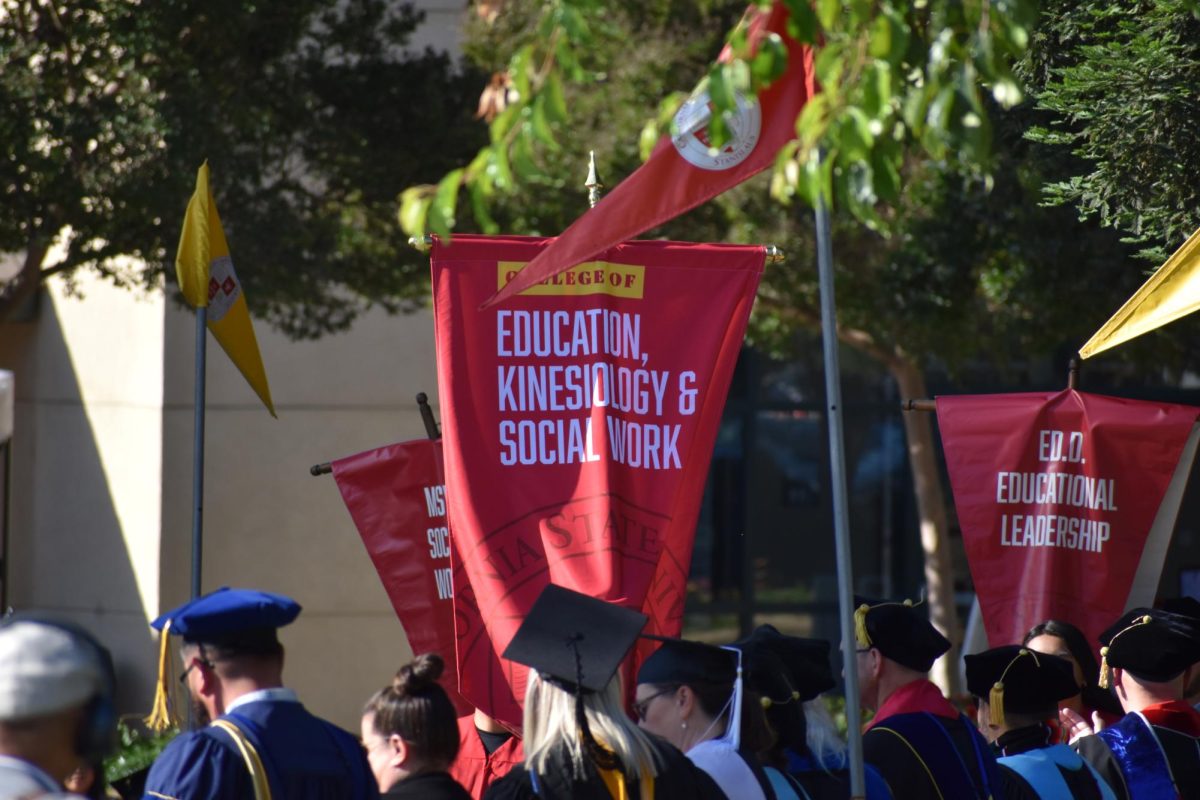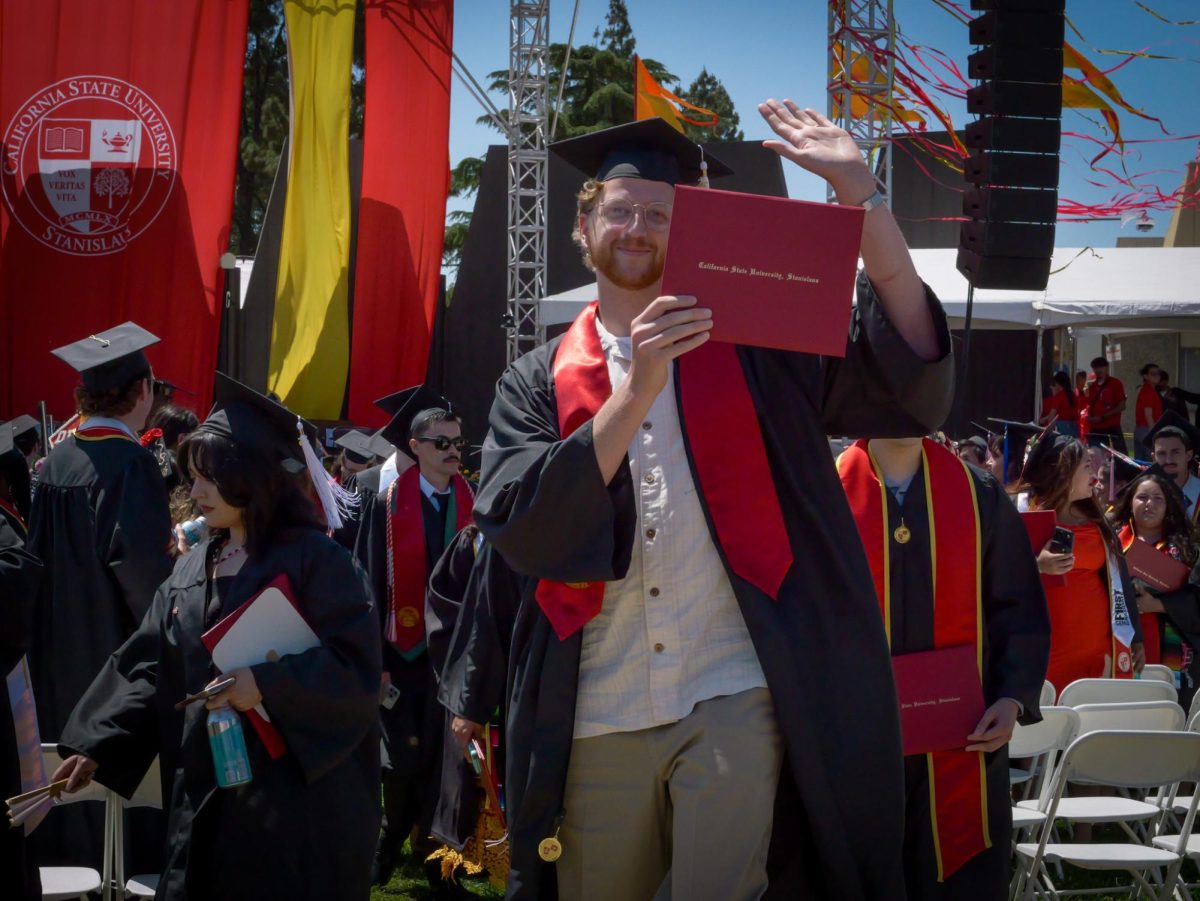On Friday evening, the Ethnic Studies program hosted the fourth annual Ethnic Studies Conference. This year’s conference focused on the possibility of creating a statewide CSU Ethnic Studies alliance.
The attendees consisted of many Ethnic Studies professors, activists, and students from native lands such as the Muwekma lands, the Yokut lands (Modesto), the village of Huichin (Oakland), the Chumash lands (Ventura), and the Miwok lands in the East Bay.
The conference started off with a land acknowledgement and recognition of Stanislaus. The hummingbird singers, a local band, shared that since Stanislaus is part of the Yokut lands, Stanislaus county and CSU Stanislaus is named after the Yokut chief, Cucunuchi, that later translated to “Stanislaus.”
Several topics were discussed, including decolonization, what exactly Ethnic Studies is, the TWLF (Third World Liberation Front) contribution, present problems, as well as the possible solutions that would enable the creation of an Ethnic Studies alliance.
Nelson Maldonado, professor of Rutgers University and member of the Frantz Fanon Foundation, led the discussion on the concepts of condensation and decolonization. He argued that we have to set a common ground to achieve a change in Ethnic Studies and the only way to do that would be to dismantle white supremacy and decolonize.
He described decolonization not as a separation of countries, but as a way to establish independence as a native culture, a way of demolishing the white political field.
Xamuel Bañales, Ethnic Studies professor at Stanislaus State shared the belief that, “the internalization of white supremacy is real! All skinfolk ain’t kinfolk.”
Within the problems brought up, there was conversation over the common misconception of what Ethnic Studies is and the lack of attention over the matter.
“Most of our colleagues do not realize the value of Ethnic Studies or even know what our departments represent,” shared Angela Aguilar, an activist from The Village of Huichin, East Oakland.
Bañales also shared that he has experienced a denial or refusal on the part of colleagues, even after a lot of discussion and explanation.
“Our time and energy is being stolen from us, which prevents us from building community with each other,” shared Martha Escobar, faculty in Chicana/o Studies at CSU Northridge.
“People think that Ethnic Studies do not relate to them. They think it is an international phenomenon, when in reality it is local,” shared Maldonado.
Maldonado explained that there are around five active examples of Ethnic Studies today. There is the Black Lives Matter movement, the Anti-Asian Hate movement, the issue of extreme poverty and extractivism in Indian lands, and the selective xenophobia against migrants and refugees. This shows that Ethnic Studies is not only international as many might think.
When discussing solutions and what is being done Aguilar shared that, “the key aspect of Ethnic Studies praxis that is missing in general at the university level is ORGANIZING! Relationship building and deepening, etc. Applying our labor to building what we do want, not only fighting against what we don’t want.”
The sentiment that those teaching in the Pre-K to grade 20 levels can create the spaces within our Ethnic Studies courses for students to come together was felt heavily. “A student presenting and being vulnerable led to an entire session choosing to discuss how to heal the rifts between Black and Latinx communities,” said Bañales.
Cueponcaxochitl Moreno, an Ethnic Studies professor at Stanislaus State, mentioned that there is a a bill proposed to expand Ethnic Studies at the community colleges in California, the goal of which is to have Ethnic Studies be a required course in all community colleges in California.
The fourth annual Ethnic Studies Conference was a success and, at the end, saw those in attendance ready to embrace the mutual goal of creating an Ethnic Studies alliance.

